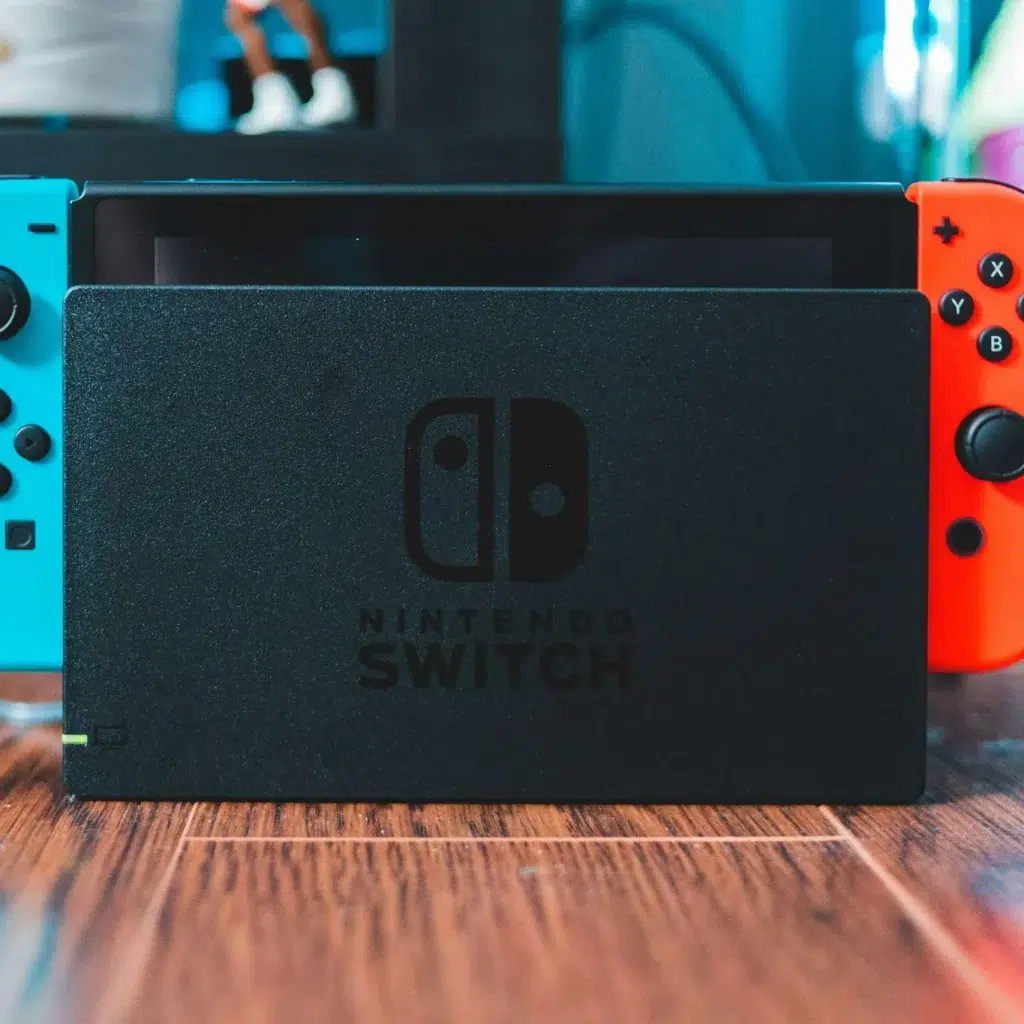The Rise and Impact of Retro Arcade Culture
When you step back in time, there’s no denying the charm and excitement that surrounded the retro arcade culture. It all started in the 1970s and spanned till the late 1990s, becoming an influential aspect of pop culture. It was an era of pixelated graphics, the invention of the joystick, and the humble beginnings of interactive gaming.
But why has this culture made such a lasting impact? What was it about these arcades that fascinated us so?
A Journey Back in Time
The first arcade game, Computer Space, hit the scene in 1971. It was a time when the world was still getting familiar with computers. The idea of playing games on a screen was revolutionary. This was quickly followed by the iconic Pong in 1972, which paved the way for the gaming culture we know today.
Retro arcades became the epicenters of social interactions, pulling in crowds of all ages. The flickering neon lights, the cacophony of game sounds, and the thrill of competition made them a cult favorite and a symbol of the rebellious youth.
The Sociocultural Impact
- Community: The retro arcade was a melting pot of different people; it was an inclusive space where anyone, regardless of their background, could participate and enjoy. It fostered a sense of community, with regulars building friendships and rivalries over high scores.
- Innovation: The arcade era was a hotbed of technological innovation. It helped push the boundaries of what was possible in gaming, inspiring a wave of developers to create new genres and game mechanics.
- Entertainment: Above all, these games were about enjoyment. The simplicity of the gameplay mixed with the competitive element provided a unique form of entertainment that stood out from traditional leisure activities.
The Economic Impact
The retro arcade scene was a booming industry. In the early 80s, arcade games were earning more revenue than the entire US movie industry and pop music industry combined. It created jobs, from arcade operators to game developers, and the ripple effects were felt throughout the economy.
However, despite its success, the industry experienced a significant dip in the mid-80s, often referred to as the ‘arcade crash.’ This was triggered by the rise of home gaming consoles which offered a more convenient and cost-effective way to game. Despite this, the impact of the arcade era on the gaming industry remains undeniable.
If you’ve ever enjoyed a game on your console or PC, or even your mobile device, take a moment to appreciate the influence of the retro arcade culture. It set the stage for the gaming industry as we know it today, revolutionizing entertainment and shaping modern pop culture.
Iconic Games that Defined the Retro Arcade Era
When one strolls down memory lane to the golden era of arcade gaming, a few iconic titles immediately spring to mind. The playful beeps, the flashing lights, and the sheer joy of hitting the high score on a classic game, these experiences defined a generation and left an indelible mark on the world of gaming. Let’s take a nostalgic journey and explore a few of these timeless classics that shaped the retro arcade culture.
Pac-Man
Arguably the most recognizable game from the retro arcade era, Pac-Man was an instant hit when it was released in 1980. Its simple premise – a yellow character navigating a maze, gobbling up dots while avoiding ghosts – made it accessible and fun for gamers of all skill levels. This game was a cultural phenomenon and remains a beloved classic even today.
Space Invaders
Before Pac-Man dominated the arcade scene, there was Space Invaders. Released in 1978, this game introduced the world to the idea of high scores and competitive gaming. Its iconic design, with aliens descending upon the player in waves, sparked a global gaming obsession and paved the way for future shooters.
Donkey Kong
Another unforgettable title from the retro arcade era is Donkey Kong. Released in 1981, it was the first game to feature a storyline with cutscenes. Players would navigate their character, now known as Mario, across platforms while avoiding obstacles thrown by Donkey Kong. Its compelling gameplay and innovative storytelling continue to influence the gaming industry.
Street Fighter II
Marking the peak of the arcade’s golden age, Street Fighter II was introduced in 1991 and quickly shot to fame. Its unique combination of strategy and combat, along with the possibility of head-to-head battles, revolutionized the fighting game genre and made it a staple in arcades worldwide.
Galaga
Last but not least, we must mention Galaga, the 1981 sequel to the popular Galaxian. With its immersive gameplay and vibrant sounds, it offered players an epic space battle that was both challenging and fun. It is remembered to this day for its iconic gameplay and is often featured in retro arcade collections.
These games, with their distinct sounds, innovative gameplay, and unforgettable characters, truly defined the retro arcade era. They not only entertained millions but also paved the way for the evolution of video games as we know them today. If you have the opportunity, why not try your hand at one of these classics? You might just find yourself transported back to the golden age of arcade gaming!
Maintaining the Legacy: The Enduring Appeal of Retro Arcades
For a generation of gamers who grew up in the digital era, the mention of retro arcades is likely to invoke a sense of nostalgia and curiosity. But what is it about these vintage gaming spots that has kept them alive and kicking in an age of next-gen consoles and immersive VR experiences? Why does the ding-dong of a pinball machine or the pixelated graphics of ‘Space Invaders’ still have a pull on gamers today? Let’s take a deep dive into the enduring appeal of retro arcades!
The Charm of Simplicity
There’s something to be said about the simple, straightforward gameplay that retro arcade games offer. No convoluted story lines or complex controls – just a joystick, a couple of buttons, and you’re good to go! The charm of games like Pac-Man and Donkey Kong lies in their simplicity. It’s all about hand-eye coordination, quick reflexes, and the pure thrill of beating your high score.
Shared Social Experiences
Unlike modern gaming which is often a solitary affair, retro arcades were all about the social experience. People flocked to these gaming hubs to compete with friends, show off their gaming skills, or just hang out. Even today, the allure of a shared social space where people can connect over a common interest is a big part of the appeal of retro arcades.
Nostalgia and the Retro Revival
There’s a certain je ne sais quoi about the retro aesthetic that resonates with people. The neon lights, the sound of coins being dropped into machines, the 8-bit music – it all adds up to create a sensory experience that transports gamers back to a simpler time. This element of nostalgia combined with the ongoing trend of retro revival in pop culture contributes to the enduring appeal of retro arcades.
Accessible and Affordable Gaming
Finally, let’s not forget the accessible and affordable nature of arcade gaming. No need for pricey consoles or high-end PCs – just a handful of coins and you’re in for hours of fun. Plus, with the rise of ‘barcades’ – a combination of bars and arcades – even adults can relive their gaming glory days without burning a hole in their pocket.
Keeping the Legacy Alive
Retro arcades may not boast the latest gaming tech, but they offer something even more valuable – a piece of gaming history and a communal gaming experience that modern games often lack. As long as there are people who appreciate the charm of pixel art, the thrill of a high score chase, and the joy of shared gaming experiences, the legacy of retro arcades will continue to endure.
Reviving the Past: Modern Takes on Retro Arcade Culture
Living in the digital era, we often find ourselves reminiscing about the ‘good old days’ of arcade gaming. The beeps, boops, and pixelated graphics – ah, those were the days! But guess what? The retro arcade culture is not just a thing of the past anymore. A modern revival is underway, and boy, does it hit the nostalgia sweet spot!
Modern Arcade Bars: A Blend of the Old with the New
One of the most exciting trends in arcade culture is the rise of the arcade bar. These trendy establishments combine the best of both worlds, offering a top-notch selection of craft beers and cocktails alongside a rich variety of classic arcade games. Imagine sipping a cold brew while playing a round of Pac-Man or Space Invaders. Sounds fun, right?
Home Arcade Machines: Old School Gaming in a Modern Package
If you prefer a more private gaming experience, you’re in luck, too! A growing number of companies are coming up with home arcade machines. These modern devices are designed to emulate the look and feel of retro arcade cabinets, complete with joystick controls and pixelated displays. But here’s the kicker – these machines are often packed with dozens, if not hundreds, of pre-loaded classic games. It’s like having your very own arcade at home!
Mobile Gaming: Retro Arcade Games in Your Pocket
Even the mobile gaming industry has hopped on the retro arcade revival. There’s a growing list of mobile games that are either faithful remakes or inspired by classic arcade games. From a modern take on Tetris to a well-executed port of Ms. Pac-Man, these games take us back to the glory days of arcade gaming with the convenience of playing anywhere, anytime.
Virtual Reality: A Futuristic Spin on Retro Arcades
If you think we’re stopping at mobile gaming, think again! Welcome to the world of Virtual Reality (VR). Companies are leveraging VR technology to recreate the arcade experience in a fully immersive, interactive environment. Imagine being able to step into an arcade, pick a game off the shelf, and play just like you would in the physical world, all from the comfort of your home. Now that’s evolution!
Indie Game Developers: Keeping the Spirit Alive
Indie game developers are significant contributors to the resurgence of retro arcade culture. They’re creating new games with a decidedly retro aesthetic, reminding us of the charm and simplicity of early game design. It’s a clear testament to the timeless appeal of retro arcade games and their continued influence on the gaming landscape.
So, in a world dominated by high-definition graphics and complex game mechanics, the enduring love for retro arcades is indeed a breath of fresh air. Whether you’re a die-hard arcade enthusiast or a casual gamer, this modern revival of retro arcade culture offers something for everyone.












